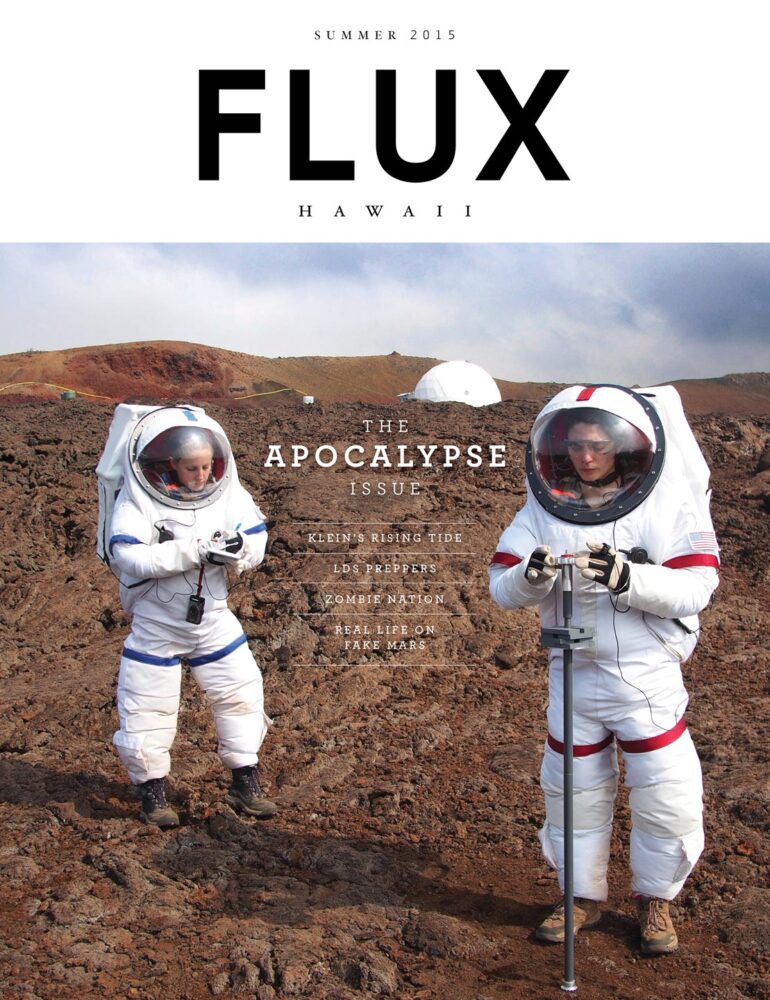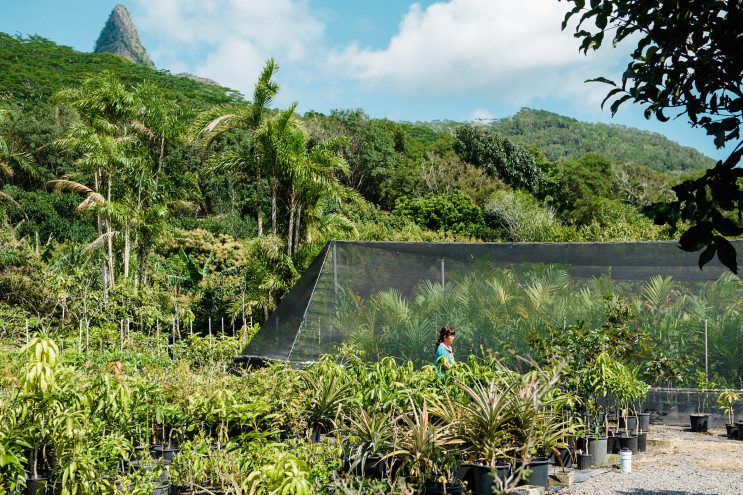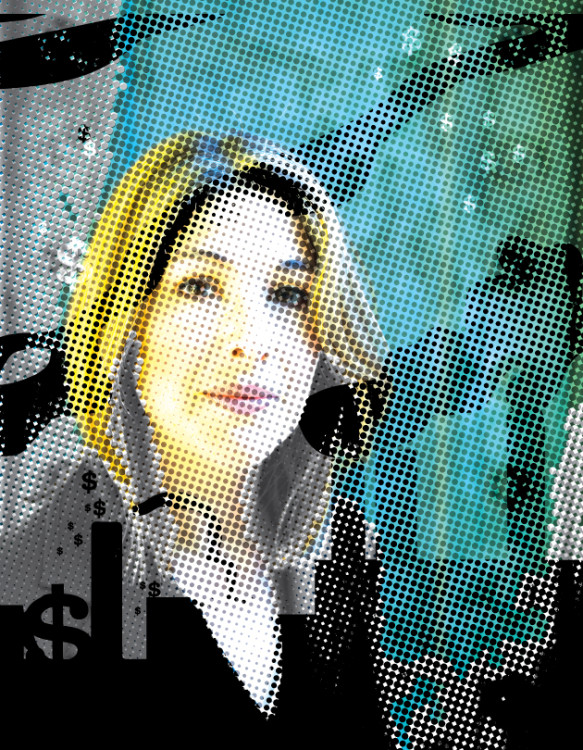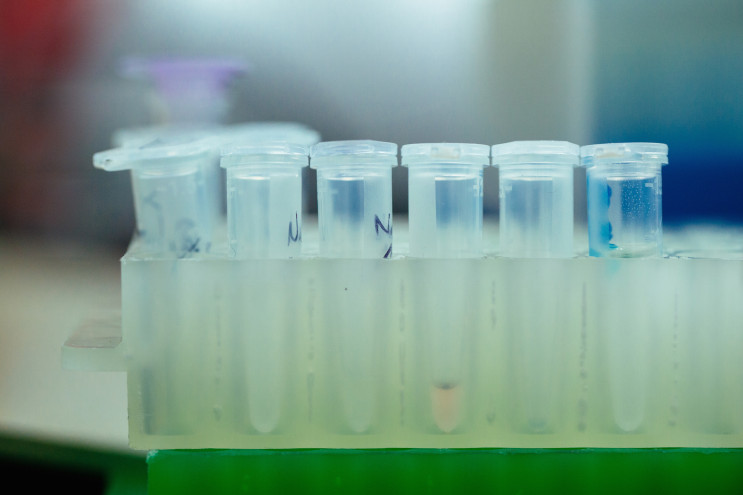
This issue asks if we would recognize the end of the world in Hawai‘i, what forms preparation and prevention take, and what new beginnings may arise from the ashes.
Editor’s Letter: In the months leading up to the year 2000, humanity braced itself for Y2K, the computer glitch that would bring a world increasingly reliant on technology to its knees.
It was thought that since computers process only the last two digits of a year, systems would revert back to the year 1900. Networks would fail, economies would collapse, and mass chaos would ensue. It was easy to get caught up in the frenzy that followed. Better safe than sorry, right? My father dedicated an entire room in our house to the cause. I’m sure there were generators and batteries and other disaster-kit essentials, but the food is what I remember most. Cans of chili and soup, bags upon bags of dried beans and rice, dozens of boxes filled with dehydrated potatoes, vegetables, and meat—all stacked neatly on industrial wire racks, the kind you can buy at Costco. He even made kits filled with batteries and food and disbursed them to many of our friends and family.
As we all know, the end never came, and most people went about their usual New Year traditions, popping their leftover supply of fireworks, drinking ozoni soup, or watching football.
Doomsday predictions have been made since the beginning of humanity. They date as far back as 634 BCE, when the Romans feared their 120-year-old city would be destroyed. Hippolytus of Rome, Sextus Julius Africanus, and Irenaeus all anticipated Jesus’ return and the world’s end in 500 CE. Fast-forward to 1284, the date Pope Innocent III predicted the world’s end, which he calculated by adding 666 years to the date he assumed Islam was founded. The Millerites calculated it would happen sometime between 1843 and 1844; Halley’s comet provoked doomsday fears in 1910; David Koresh and his Branch Davidians anticipated (and saw) their ends in 1993. In 1997, Marshall Applewhite convinced 39 people to ingest phenobarbital to leave their bodily containers and hop aboard the alien spacecraft that trailed the Hale-Bopp comet; 2012 stoked apocalyptic fears (and end of the world parties) as a result of the Mayan calendar.
Why does the idea of apocalypse so often consume us? Perhaps it’s not so much that the collective end of the world is so frightening, but rather, our own end that terrifies us so. Man’s nature is to control, but since the future cannot be controlled, we can only do our best to prepare for it.
If this issue has taught us anything about apocalypse, it’s that when the world ends, Hawai‘i will be ready. Bestowed with a bounty of natural resources, Hawai‘i stands to be a model in preparing for a more sustainable future. As such, just as the Hōkūle‘a travels in a worldwide voyage to mālama honua, or care for our Earth, so too must we “engage all of Island Earth,” as encouraged on Hōkūle‘a’s website, “practicing how to live sustainably, while sharing, learning, creating global relationships, and discovering the wonders of this precious place we call home.” Yes, I know, it’s a heavy burden to bear, living in this island paradise, but as the world continues to look toward the heavens, gazing out into the stars and wondering about Earth’s end, we do our best to look down, and prepare for the beginning.
With aloha,
Lisa Yamada
Editor
Click here to purchase a past issue of Flux.
Featured Stories:

Frankie and the Fruit Factory
One Waimānalo fruit tree farm holds the golden ticket in an uncertain future.

Klein’s Rising Tide
Author-activist Naomi Klein on capitalism, climate change, and the promise of Hawai‘i.

Into the Woods
Get a dose of style and foraging tips in this fashion spread set in lush Mānoa Valley.

Zombie Nation
What happened to critical thinking? What happened to the scientific method? One program inoculates mindlessness.
